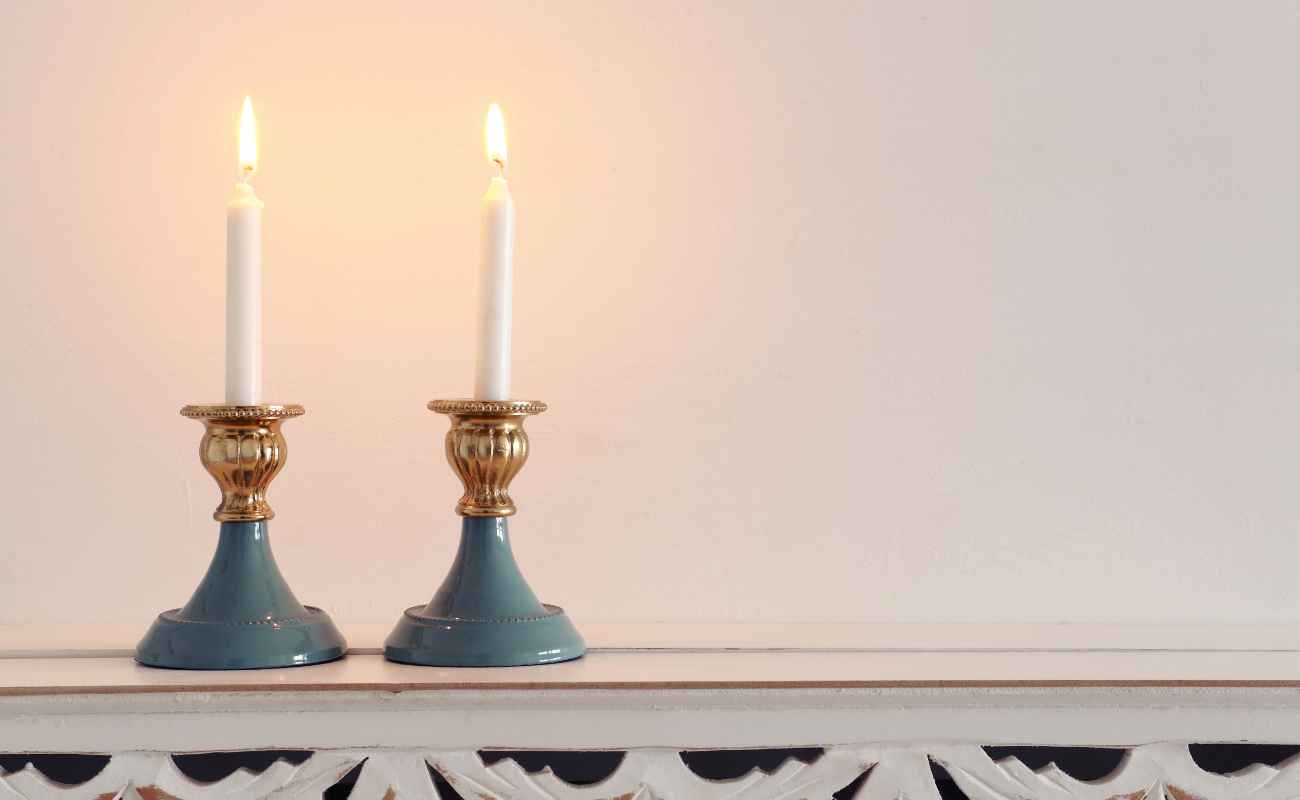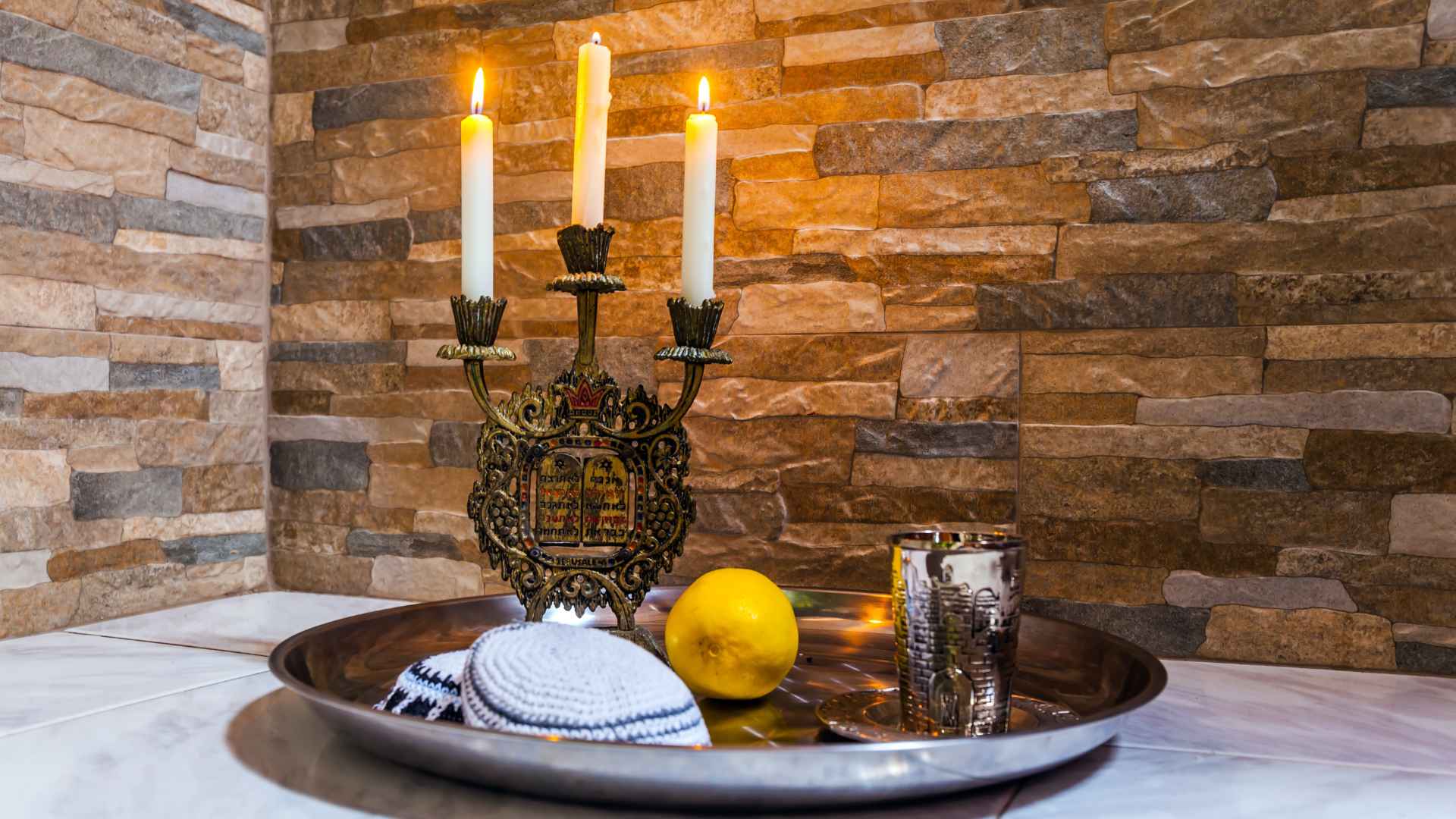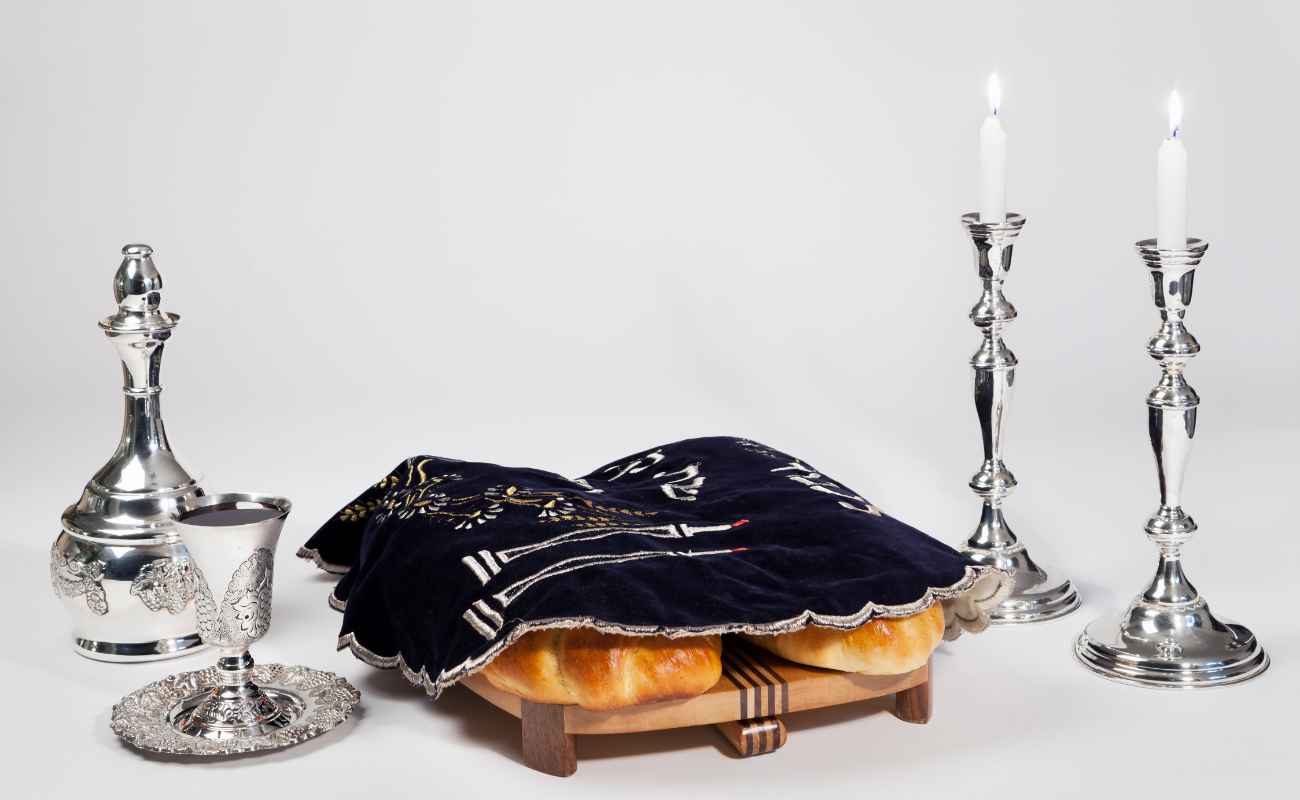The tallit is a rectangular piece of cloth used during Jewish prayer services. Generally made of wool, but other fabrics like cotton or silk may also be suitable.
Traditional Jewish culture dictates that only men wear tallitot; women do not need to adhere to any legal obligation to wear one; however, today there are various styles and colors designed specifically to appeal to female wearers.
Should a woman wear a prayer shawl?
tallit for women are an integral part of religions worldwide and women may choose to wear one for many different reasons. Wearing a prayer shawl can cover you during prayer services or be used as part of meditation practice; Christian women seeking one can find numerous styles available both online and at stores.
The Jewish tallit is a prayer shawl worn during certain religious occasions. Made from wool, its design includes decorative tassels designed to remind people of God's commands.
Bible references make numerous mentions of tassels. One such reference occurs in Numbers 15:38-41 when God instructs Moses to have the Israelites make four-cornered garment tassels with eight threads and five knots on each corner in memory of His commands in the Torah.
Tassels have long been used as symbols of sacrificed lambs that were offered at temples across Israel, reminding individuals and communities of their connections to this ritual and its importance. Israelites would wear these shawls as reminders.
When purchasing a prayer shawl, it's essential that you select a high-quality product that can withstand frequent usage. Additionally, selecting one made from soft yet lightweight material will ensure maximum comfort throughout the day.
A prayer shawl makes an excellent token of care and spiritual support, showing someone trying to practice their religion that you care and are there for them spiritually. You could even make one to offer to those experiencing difficult times – something to remind them they are not alone and help keep their spirits up!
Women participating in Muslim prayer should cover their entire bodies when praying, though facial coverage is not required. Wearing a head covering will keep your face hidden while praying more easily – with numerous styles to choose from, making the search for the appropriate hijab a bit simpler!
What is the proper way to use a prayer shawl?
Prayer shawls are fabric wraps designed to be worn during prayers, ceremonies or special events to show one's Jewish faith. Men typically don them but women can also don one as a sign of religious pride.
Proper prayer shawl usage involves wrapping it around your neck like a scarf – this process is straightforward and works well with various styles.
To do this, grab the center of your shawl and place it against your collar bone, folding one end over to make donning and donning easier. Doing this will enable you to easily slip it on or off when necessary.
If you need assistance, seek guidance from an expert such as a teacher. They should be able to show you how to conduct yourself safely.
As with many crafts, creating the ideal prayer shawl will depend on your personal preferences and yarn type selection. Starting out with something simple like garter stitch is best; later you may wish to experiment with various stitch combinations for an ombre effect.
When selecting yarn for a prayer shawl, make sure it will be long-wearing and durable. Also ensure it can be easily washed by hand or machine.
Your closet should have no shortage of shawls to suit every outfit and every season! Wool makes them especially soft against your skin. Plus, there's a selection of sizes available so that you're sure to find just the perfect match!
An effective prayer shawl must cover your entire body from head to toe while being comfortable to wear – this way you can retain your dignity while showing your religious faith.
Prayer shawls come in various colors designed to coordinate with different outfits, like dresses or skirts. This makes it an excellent option for women looking to maintain modesty without needing to purchase new shawls each time they change outfits.
Is tzitzit for men or women?
As there is no definitive answer as to whether women must observe the mitzva of tzitzit or not, Sages and Poskim disagree about its requirements for them. Some authorities held that tallit is obligatory only on men; others maintain that tzitzit is obligatory on both sexes.
No matter her observance obligations, women should view Tzitzit as an integral component of religious life and remembering her obligations towards God. It will serve as an excellent reminder.
Rashi quotes Bemidbar 19:38 as evidence: "Benei Yisrael tzitzit," meaning the children of Israel are required to fulfill this commandment; however, Rabbi Shimon believes this verse doesn't include women.
He contends that this term refers to positive time-bound commandments which must be fulfilled at specific moments in time, for instance returning a lost item or sending away mother birds that are nesting. A person could also be expected to wear their tzitzit when it is worn during the night, but not otherwise.
Tzitzit are small corners or points embroidered onto clothing with an attached tassel as a sign of commitment and honor.
One of the most frequently worn types of tzitzit is known as a tallit katan (small tallit), featuring four corners for easy insertion beneath clothing.
Tzitzit strings are traditionally constructed from fine white wool as a sign of purity and commitment to Torah; furthermore, they also symbolize honor and respect.
Tzitzit can also be made of different materials such as silk or nylon and used for weddings, bar/bat mitzvahs and other special events.
If you plan on purchasing tzitzit, make sure that you read and follow its instructions thoroughly; failing to do so could violate tzitzit laws and break them.
Tzitzit can make your religious practice more personal and fulfilling, helping to remind you of your obligations to both God and the Jewish community.
Should a woman cover her head to pray?
Many people assume that Muslim women must cover their heads when praying, however this is not necessary. While some parts of the world accept this practice as part of prayer rituals, covering oneself when praying is not compulsory in Islam and should only be done as an acceptable practice and considered when making decisions about your prayer habits.
God has established different rules for men and women. According to the Torah, Israelite priests are expected to cover their heads while serving at Temple; they don't need to cover every time they pray – as was seen with David and Eliyahu during prayer services.
Furthermore, the New Testament does not mandate that women always cover their heads while praying. Paul states in 1 Corinthians 11 that it should not be Christ who needs to be covered up, but rather themselves or any men present who need covering over.
Due to Hebrew Scriptures depicting the head as the most responsible party, this issue was of immense significance for Israel and her people.
The Bible also tells us that having long hair dishonors a man and short hair disgraces her.
Unsurprisingly, the New Testament does not place head covering as an absolute command for women. Instead, Paul makes this clear in 1 Corinthians 11:3-16.
As such, women must cover their head when praying in the presence of men considered marriageable or when teaching or preaching in congregation. Otherwise it would make no sense for her to teach or preach while remaining unveiled.


